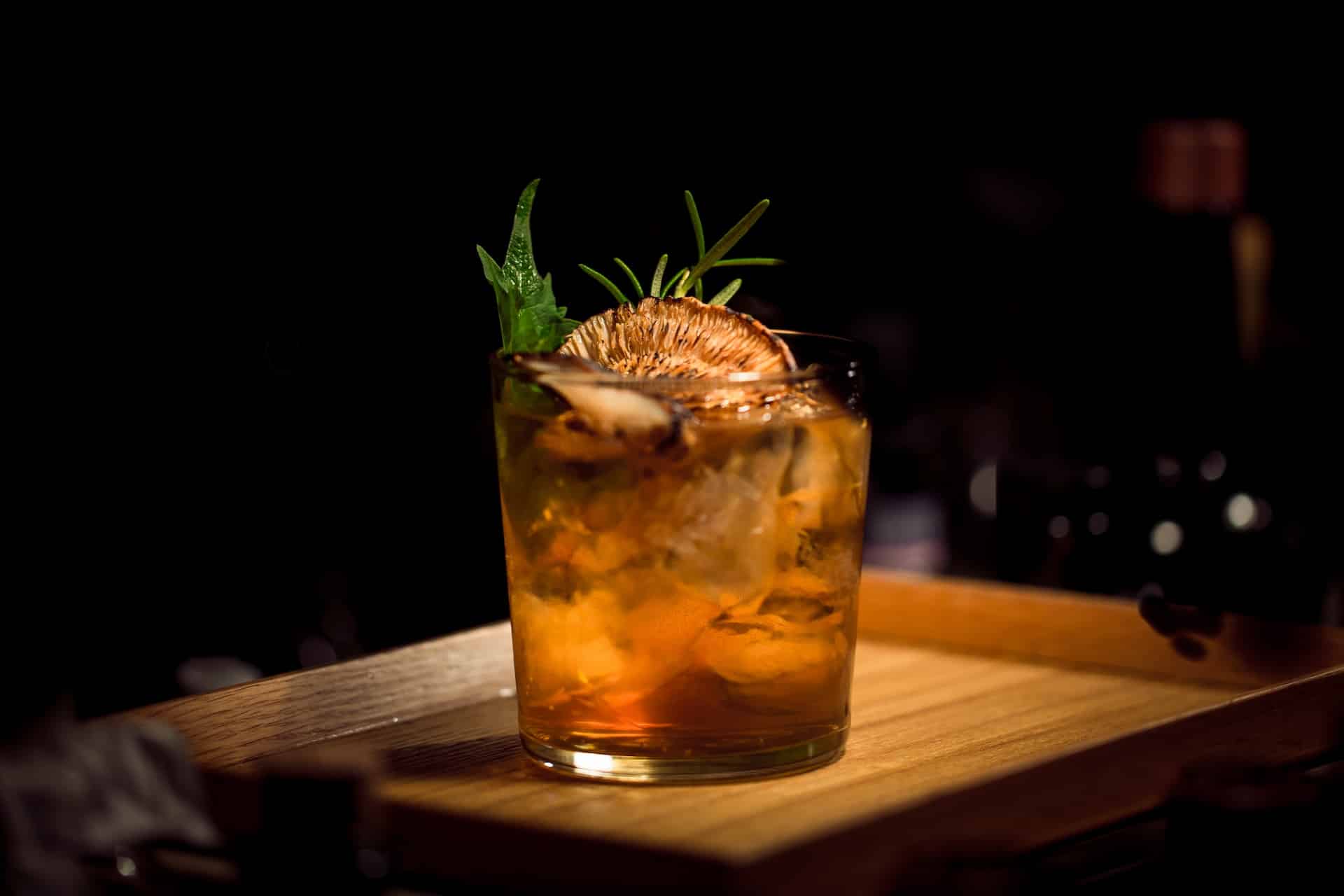Table of Contents
Signature cocktails offer a canvas for creativity, a medium through which mixologists can express their craft, and a platform for showcasing local and unique ingredients.
Over recent years, an intriguing and unanticipated partnership has formed between the world of mixology and the cultivation of garden-fresh ingredients, particularly those procured from seed banks. As our exploration of flavor continues to evolve, seed banks are playing an increasingly vital role in diversifying our palates and enhancing our cocktail experiences.
Seed banks, by preserving a wide variety of plant species, provide mixologists with an array of flavors, textures, and aesthetics that are unavailable with mainstream ingredients. The strategic use of these fresh, diverse ingredients in mixology not only enhances the appeal and taste of signature cocktails, but it also contributes to the preservation of plant biodiversity.
The Seed Bank’s Treasure Trove
Seed banks serve as massive repositories of plant diversity. They are carefully curated spaces that hold a wide array of seeds from many different plant species.
By housing a vast range of plant varieties, seed banks preserve not only the genetic material of these plants but also their unique flavors, aromas, and nutritional profiles.
Beyond this, seed banks are a reservoir of history and culture, encapsulating thousands of years of agricultural practices, culinary traditions, and medicinal uses.
They store seeds from crops that have been cherished by various communities around the world, some of which are rare, ancient, or even considered lost. This genetic and cultural diversity provides mixologists with an unparalleled palette of flavors and aromas to experiment with, enriching the cocktail scene with distinctive and innovative creations.
Advantages of Garden-Fresh Ingredients in Mixology
Flavor Complexity and Novelty
Using garden-fresh ingredients procured from seed banks can dramatically enhance the flavor profile of a cocktail. A familiar ingredient such as a tomato, when sourced from a seed bank, might reveal an unexpected sweetness or a surprising tang that transforms a cocktail’s character.
The ‘Black Krim’ tomato, with its deep, slightly salty flavor, could infuse a Bloody Mary with a robust complexity that the typical supermarket tomato cannot deliver.
The ‘Green Zebra,’ a striped, slightly tart variety, might add an unexpected zing to a tomato-based margarita.
Aesthetic Appeal
The visual impact of a cocktail is just as important as its taste. Colorful, unusual ingredients from seed banks can add a captivating aesthetic appeal to cocktails.
The purple ‘Dragon’ carrot could add a splash of vibrant color to a carrot-ginger martini.
The ‘Glass Gem’ corn, with its translucent, jewel-like kernels, could be used to create a visually stunning corn-infused vodka.
Sustainability and Localism
Using garden-fresh ingredients can significantly reduce the environmental footprint of cocktail creation. Ingredients sourced from local seed banks require less transport, reducing CO2 emissions. Furthermore, cultivating rare and heritage varieties can contribute to genetic diversity, promoting a healthier, more resilient environment.
Innovating with Seed Banks in Mixology
To fully leverage the potential of seed banks in mixology, bars and restaurants can start by cultivating a relationship with local seed banks or community gardens that use seed bank resources.
These relationships can help in identifying unique plant varieties that might add value to a cocktail menu. Particularly, some of the best seed banks in the United States offer a wide range of unique and heirloom seeds, which can introduce unexpected flavors and visuals into the mixologist’s palette.
Once a variety has been identified, the mixologist can begin experimenting with how to best use it in a cocktail. This could involve testing various preparation methods, such as muddling, juicing, infusing, or even fermenting the ingredient.
In some cases, it may be beneficial to grow the ingredient onsite. Many bars and restaurants have begun growing their own herbs and vegetables, creating “garden to glass” cocktails that highlight the freshness and locality of the ingredients.
Conclusion
The collaboration between mixology and seed banks opens up a new frontier for cocktail creation. It enables mixologists to not only diversify and enrich their offerings but also engage in a more sustainable and localized approach to their craft. As we continue to explore and appreciate the depth and complexity of flavors that nature offers us, we deepen our connection with the world around us. Indeed, every sip of a garden-fresh cocktail brings us closer to understanding the rich tapestry of biodiversity encapsulated within a humble seed bank.


